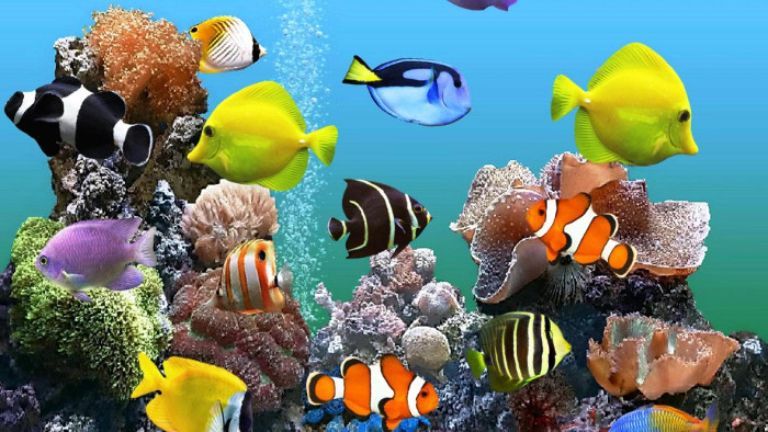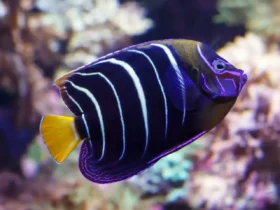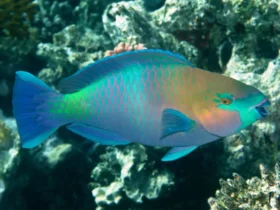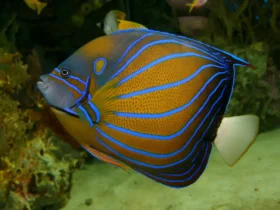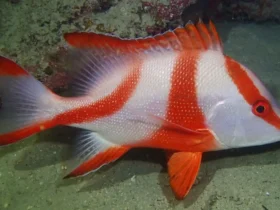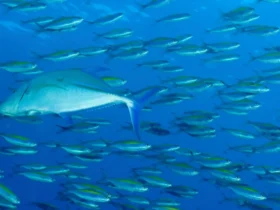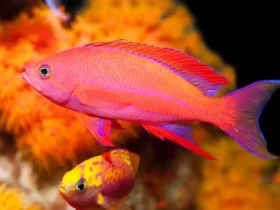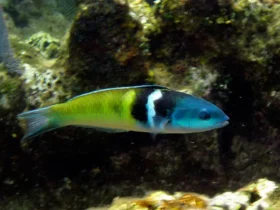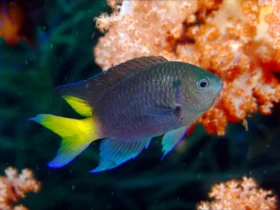The Blue Tang (Paracanthurus hepatus), also known as the Regal Tang or Palette Surgeonfish, is one of the cutest ornamental fish in the world. It captivates marine enthusiasts with its mesmerizing blue coloration and vibrant personality. Found in the warm waters of the Indo-Pacific region, this iconic fish has gained worldwide popularity, partly due to its endearing presence in popular culture.
Blue Tang images
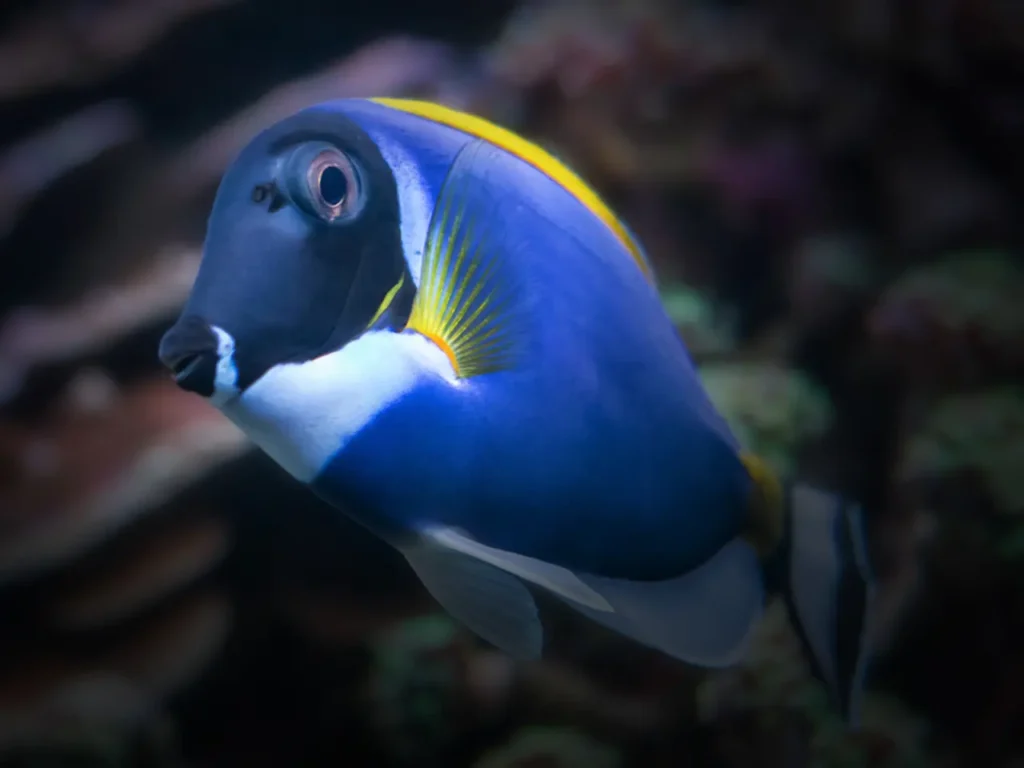
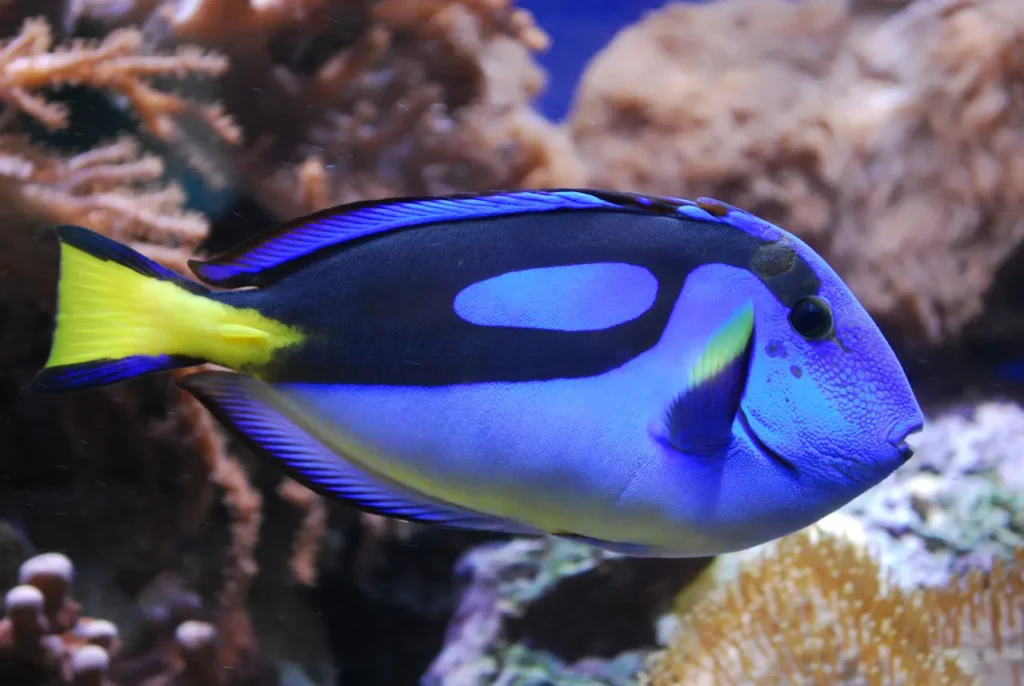
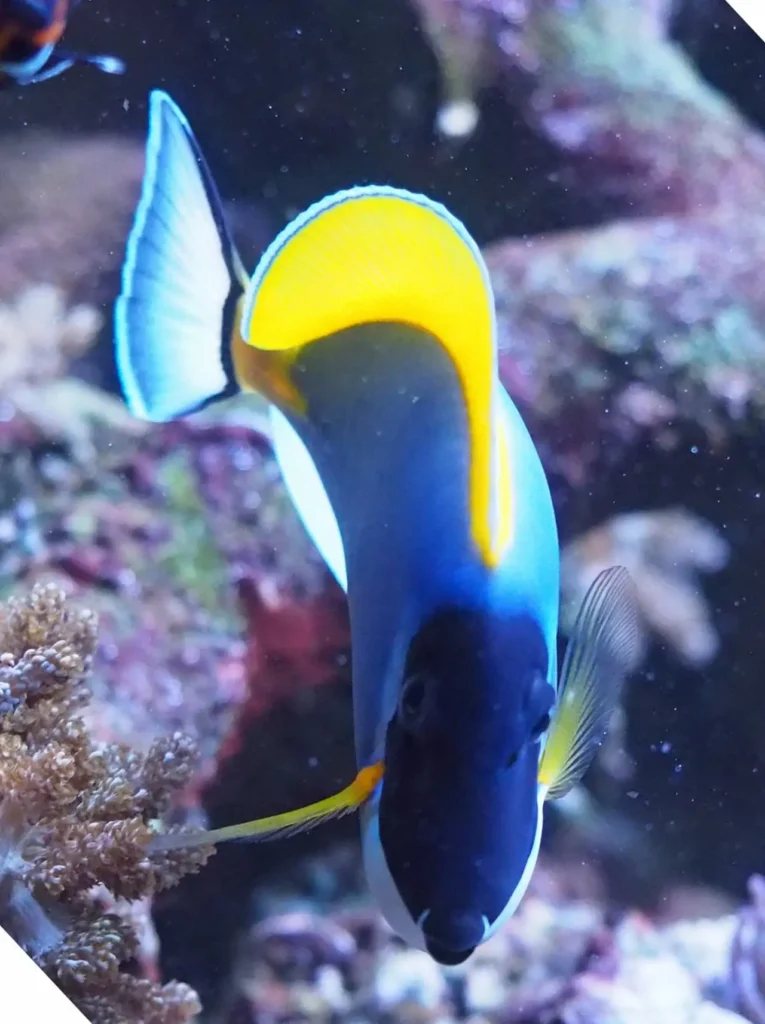
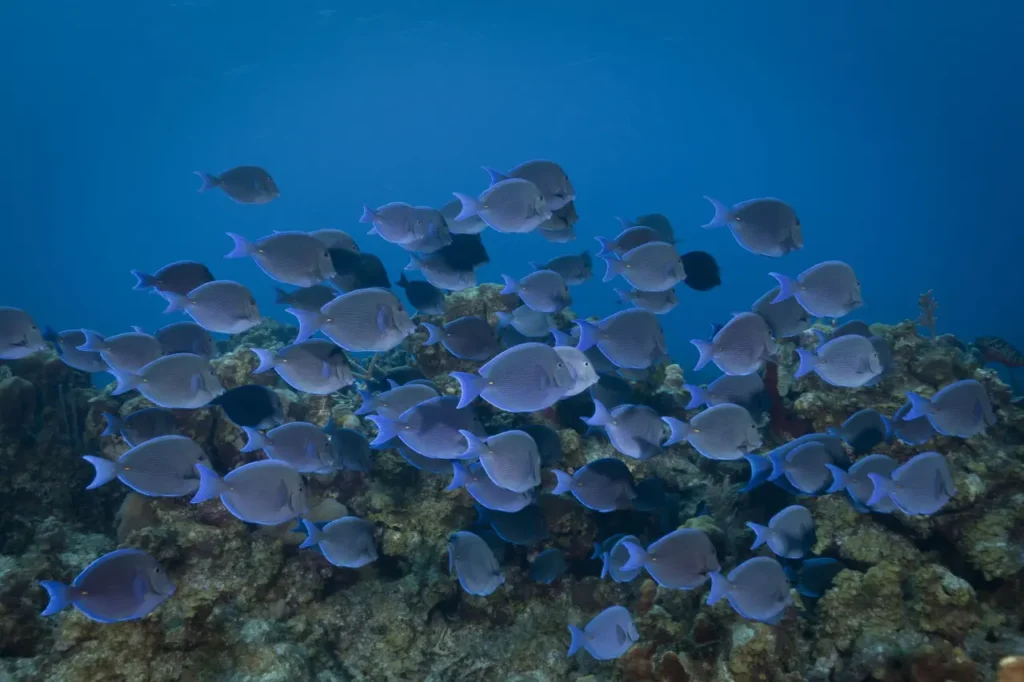
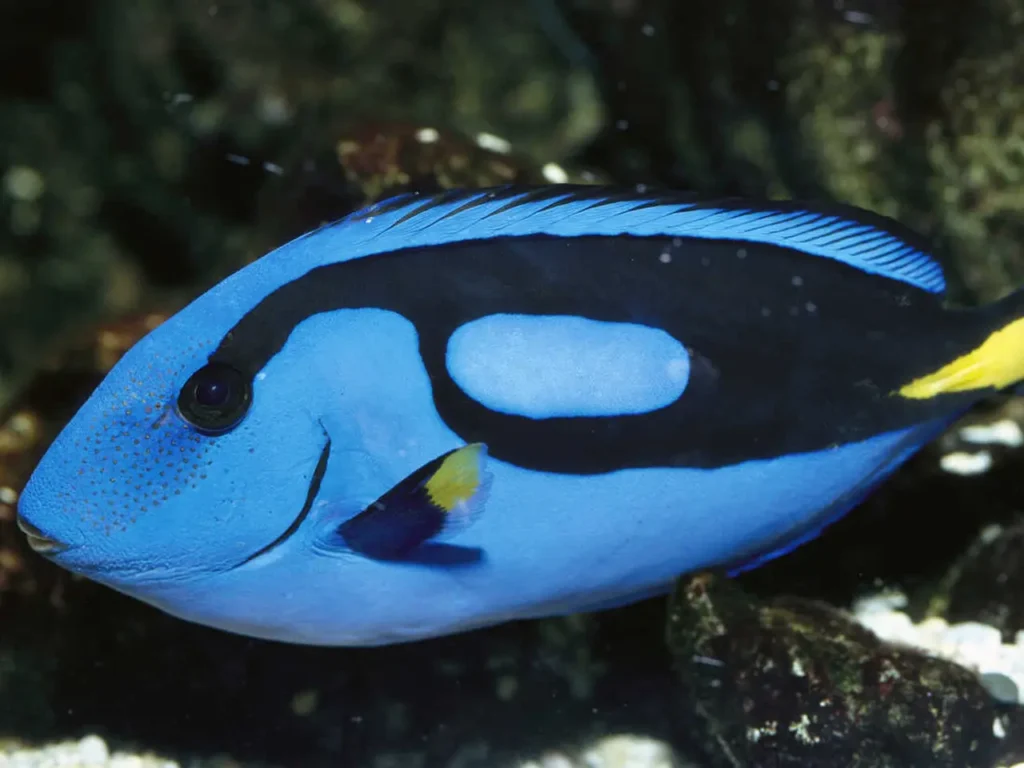
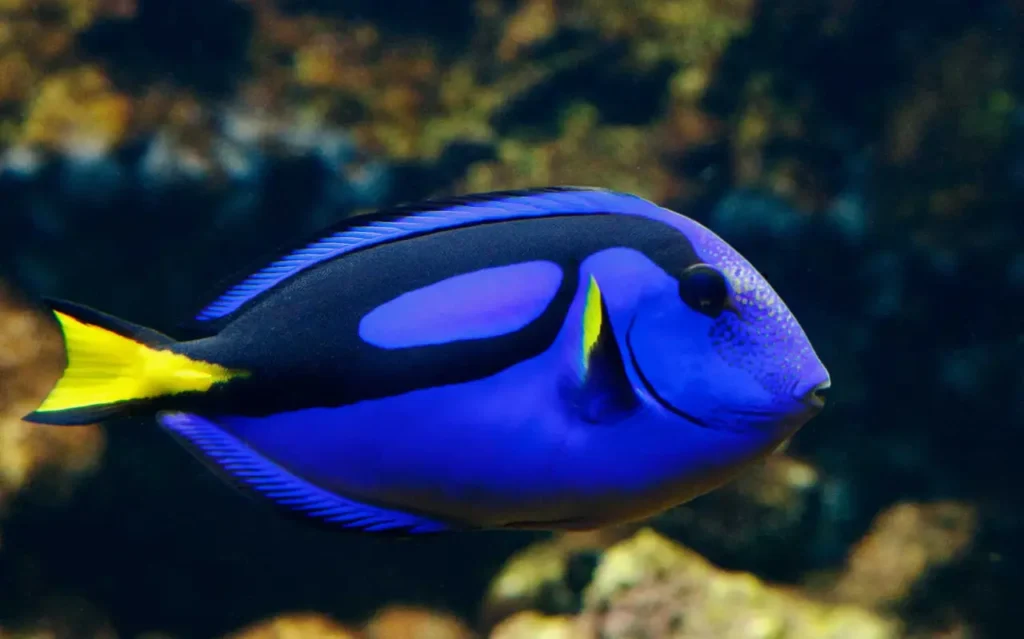
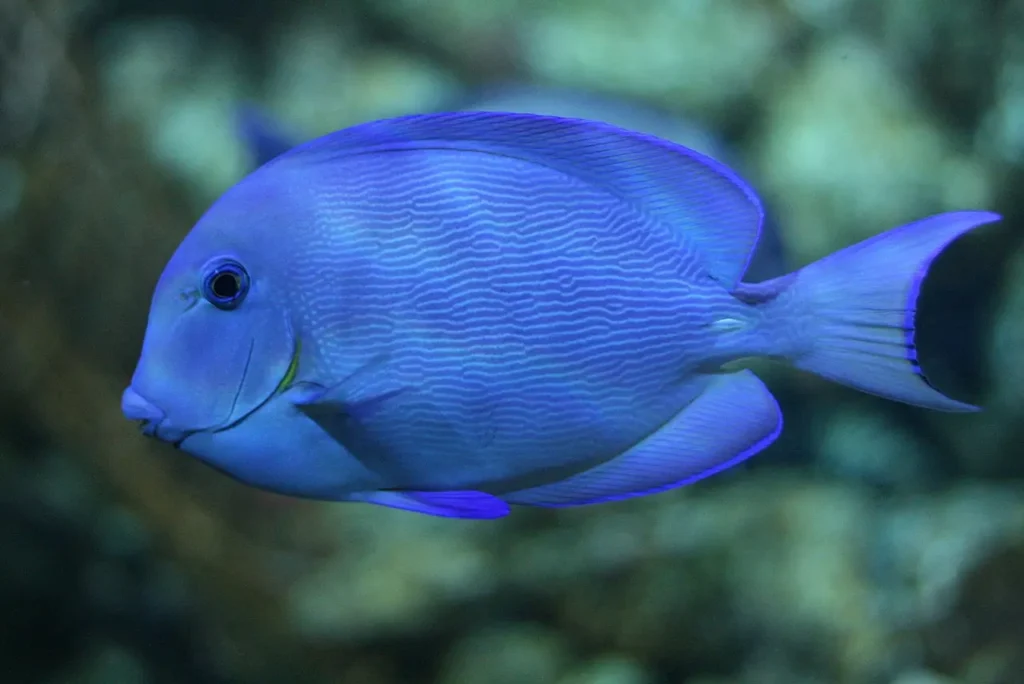
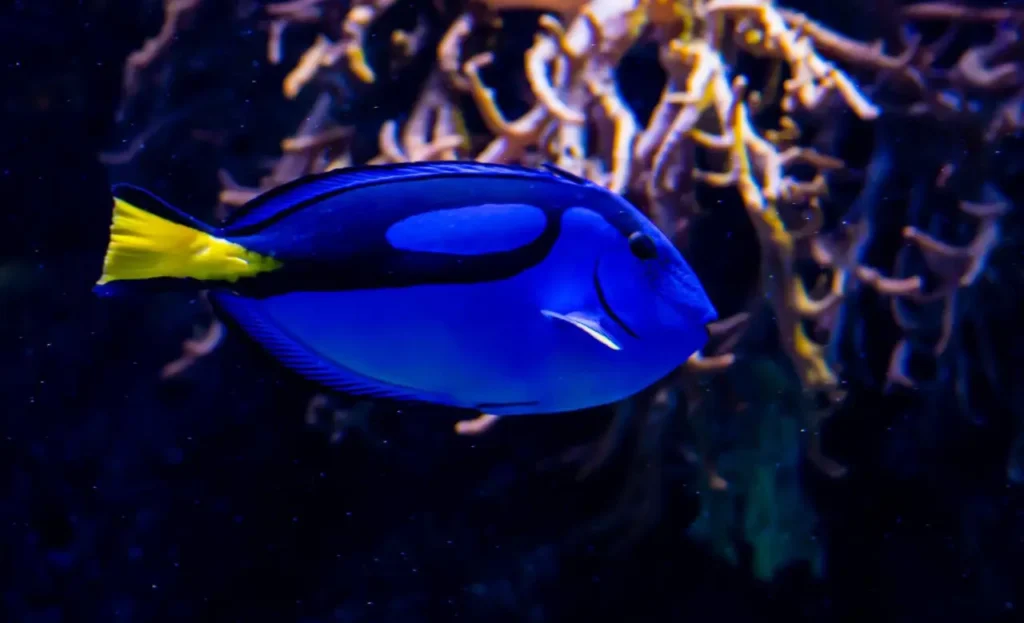
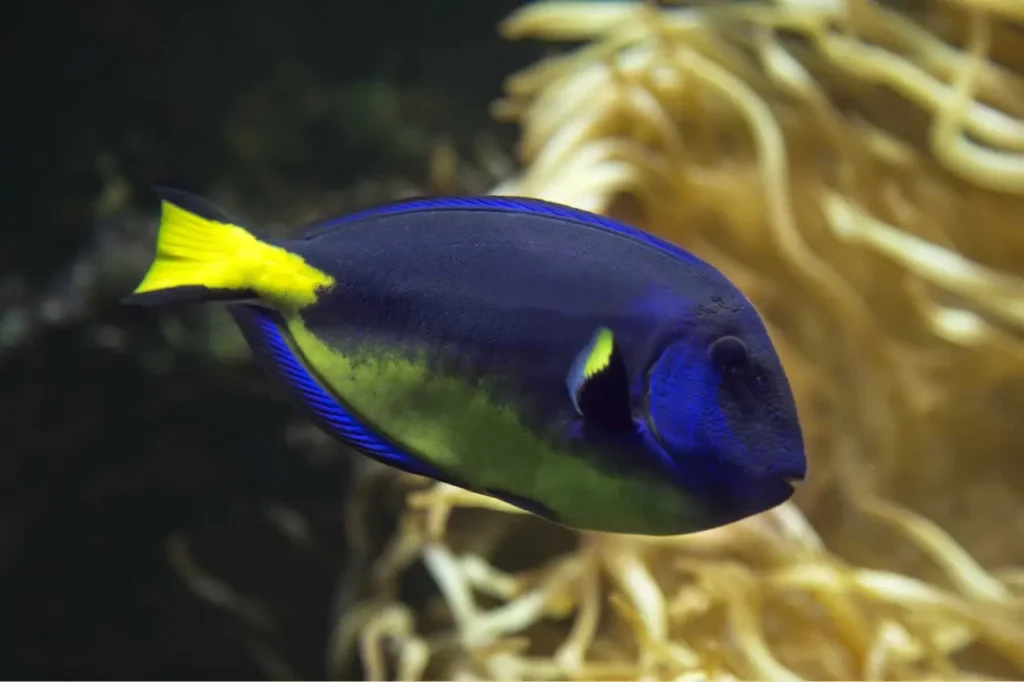
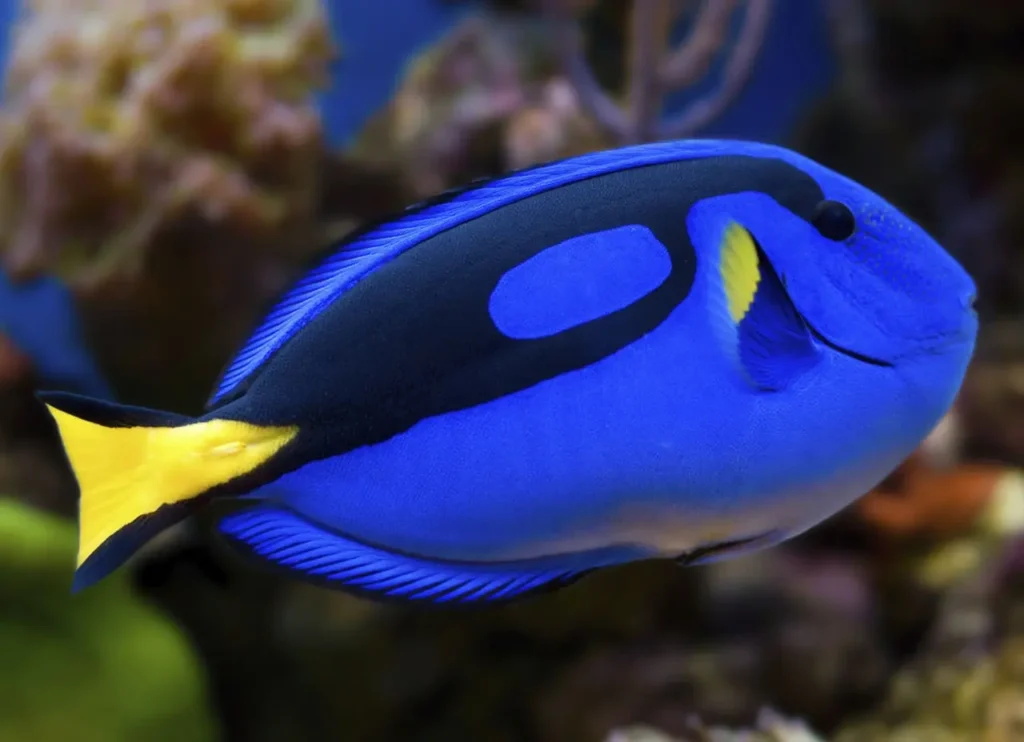
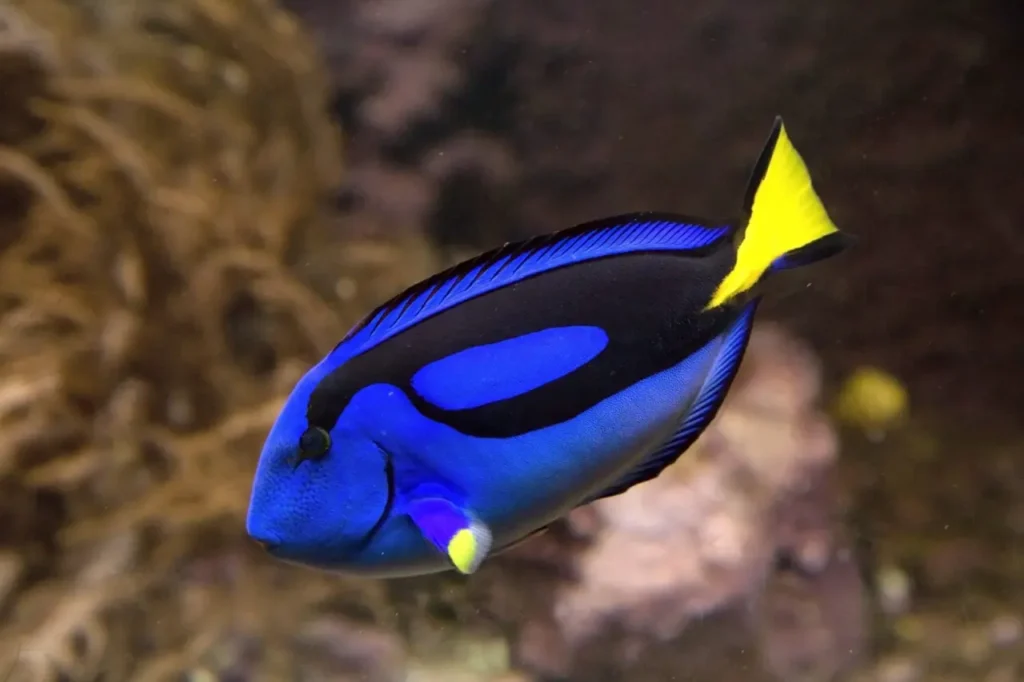
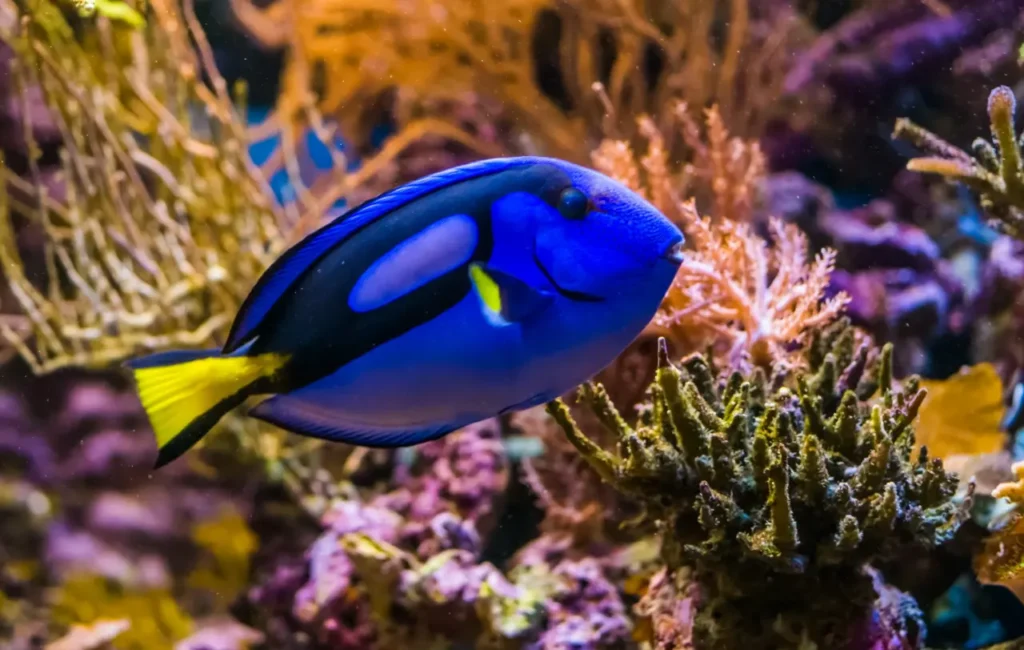
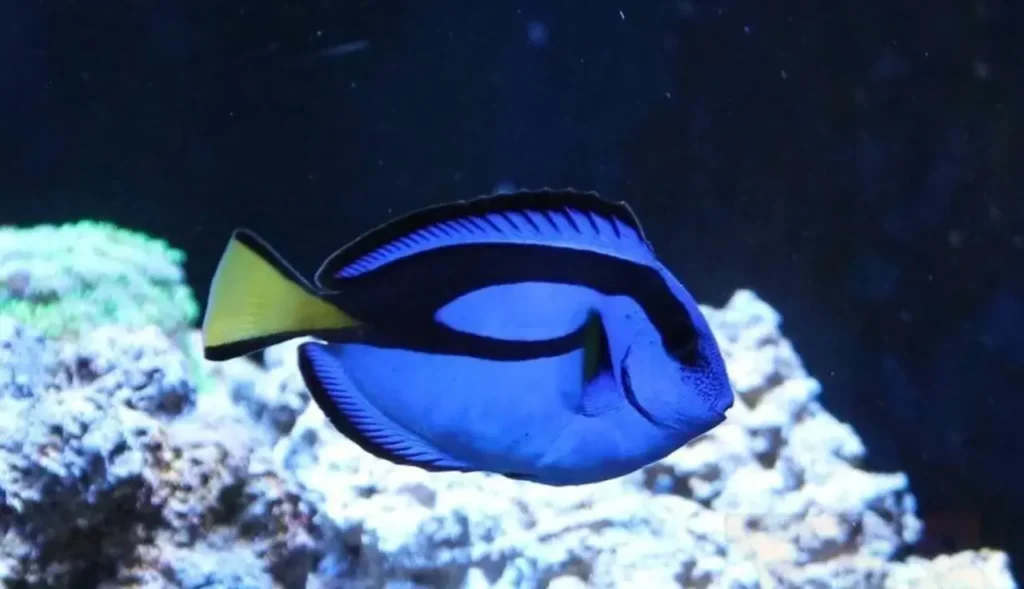
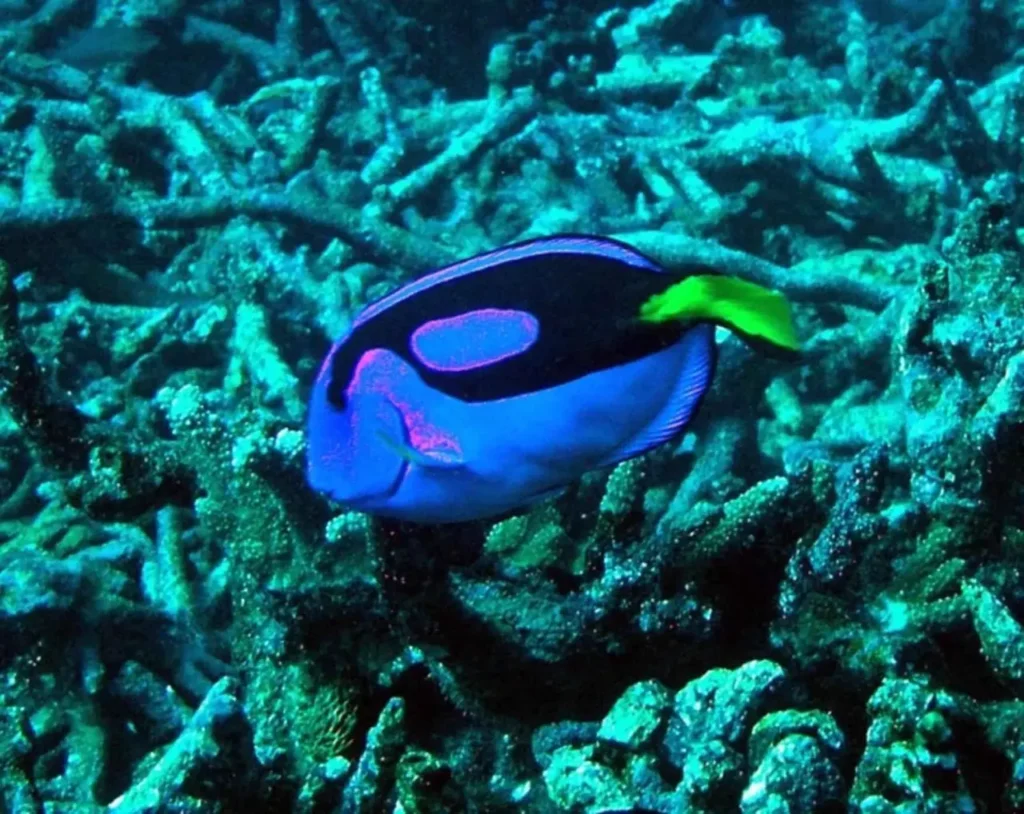
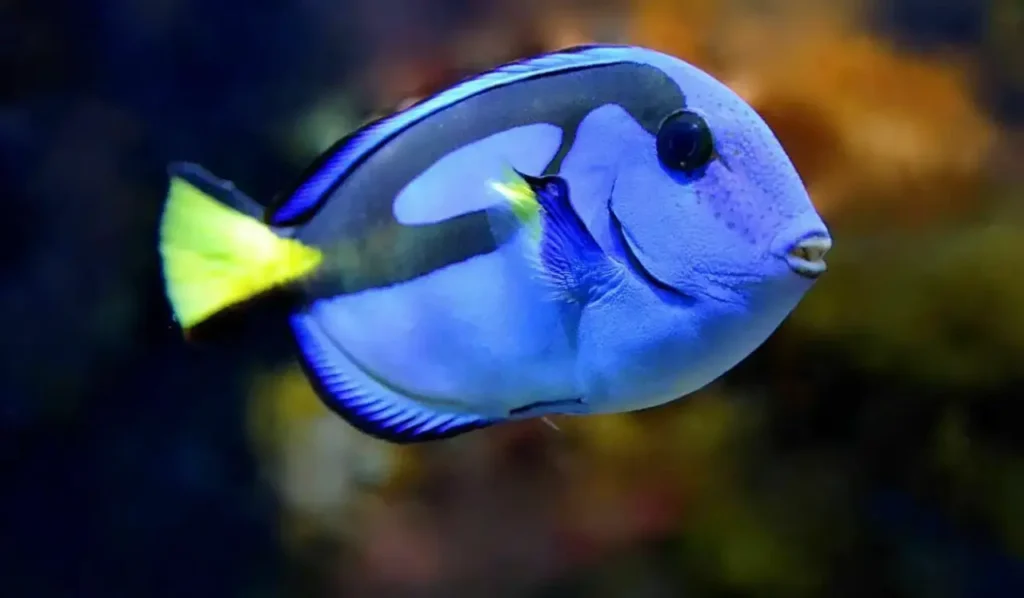
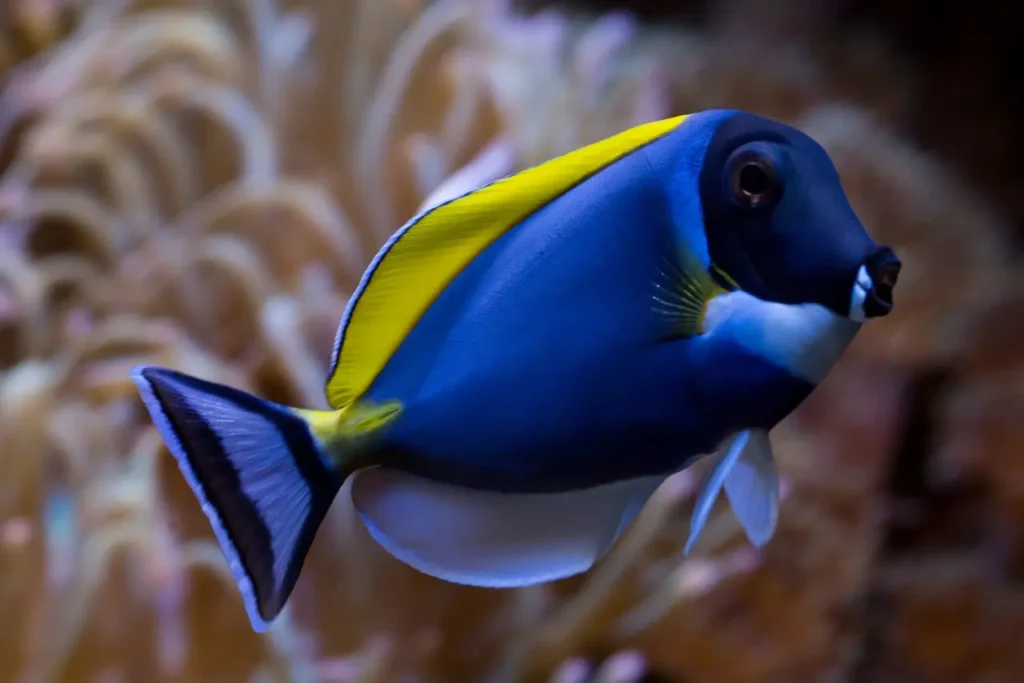
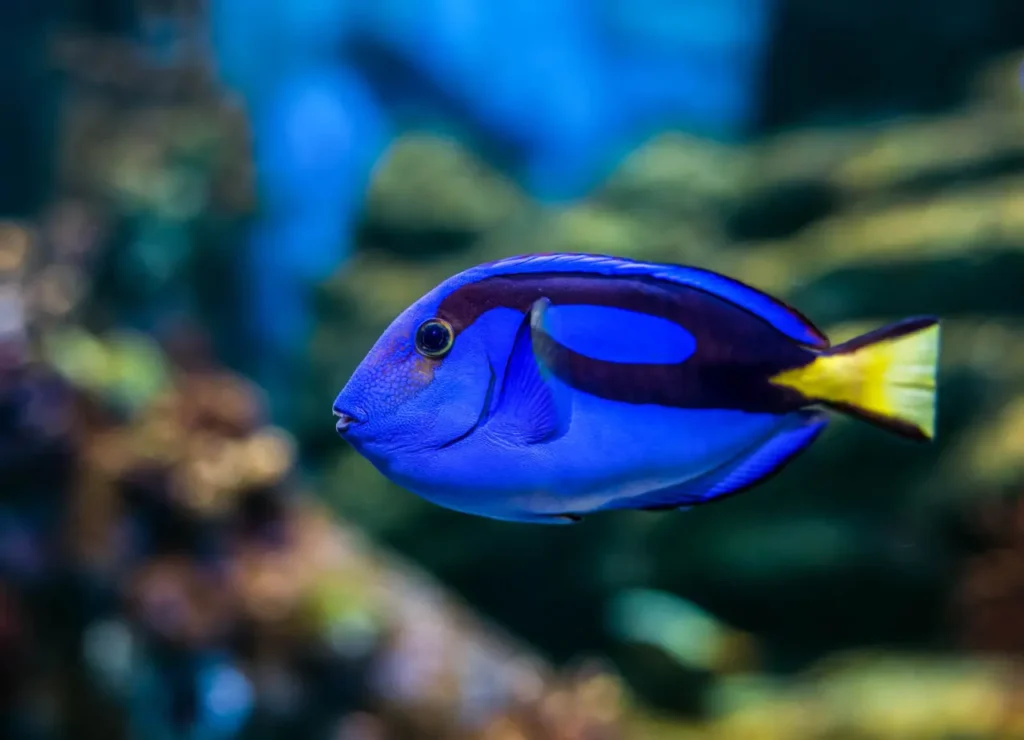
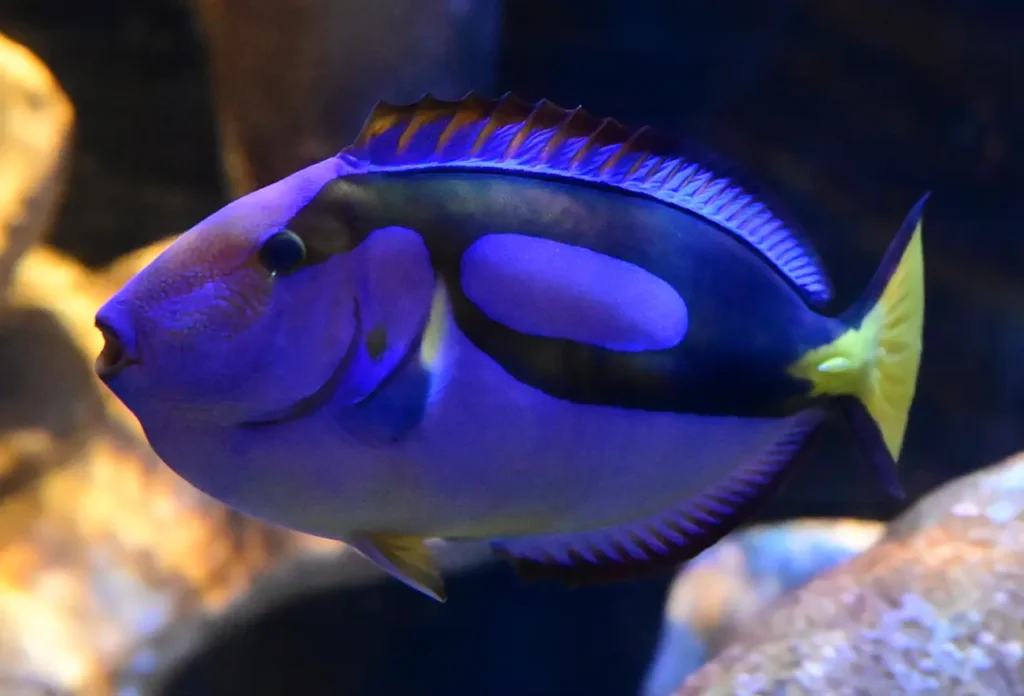
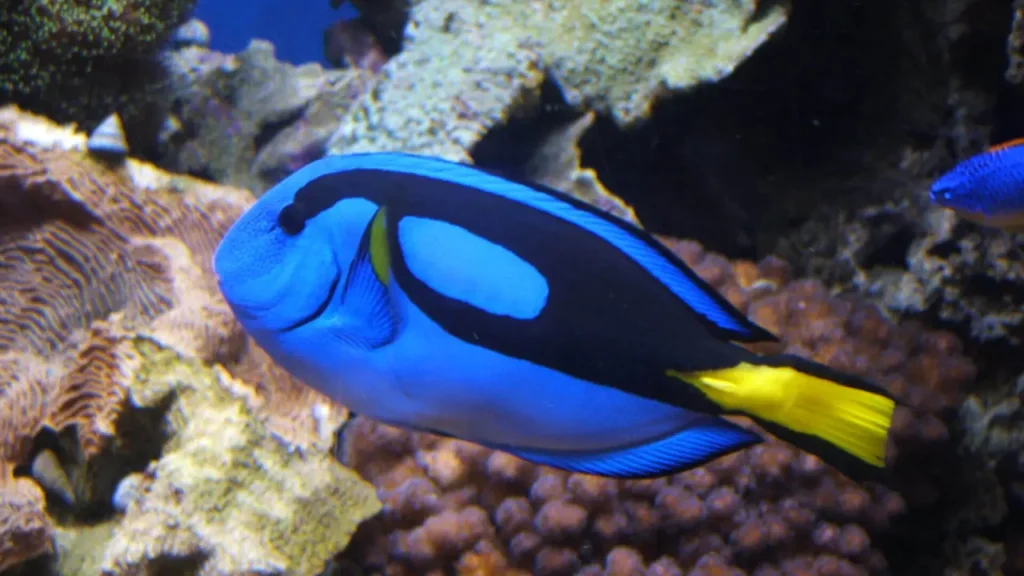
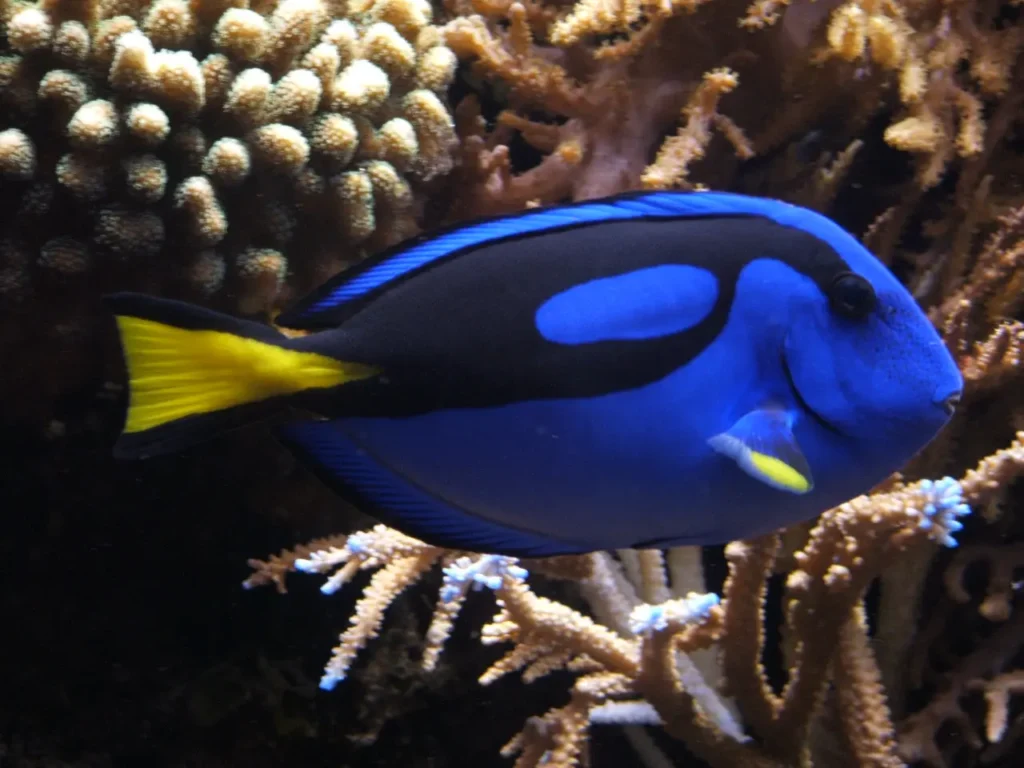
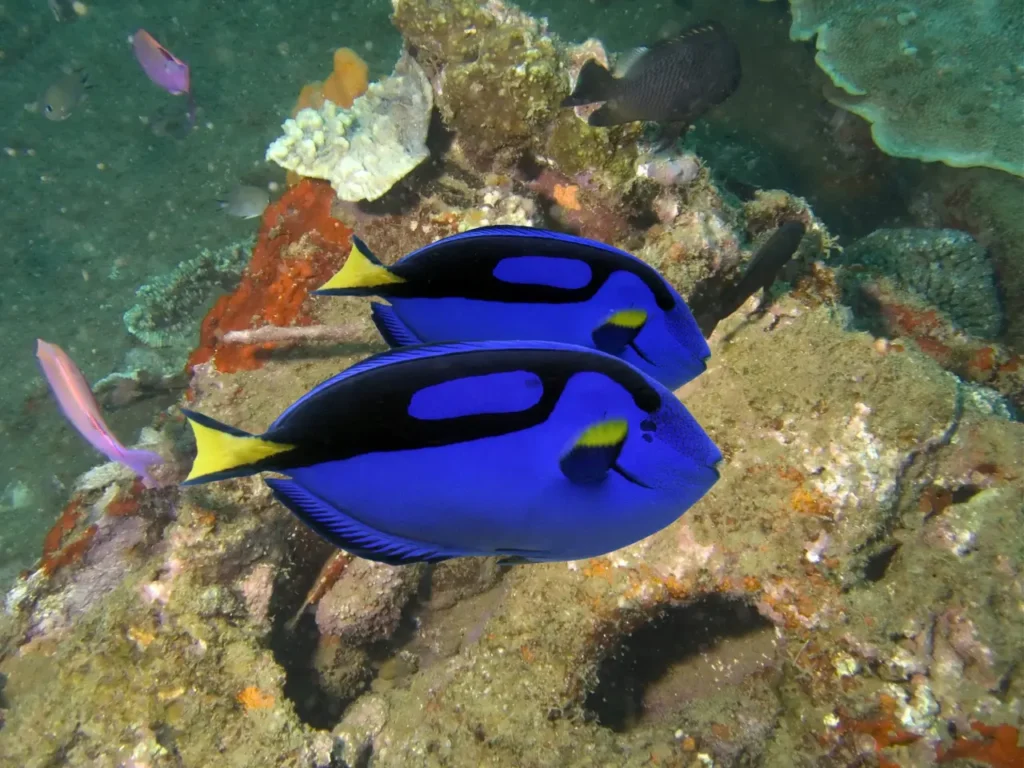
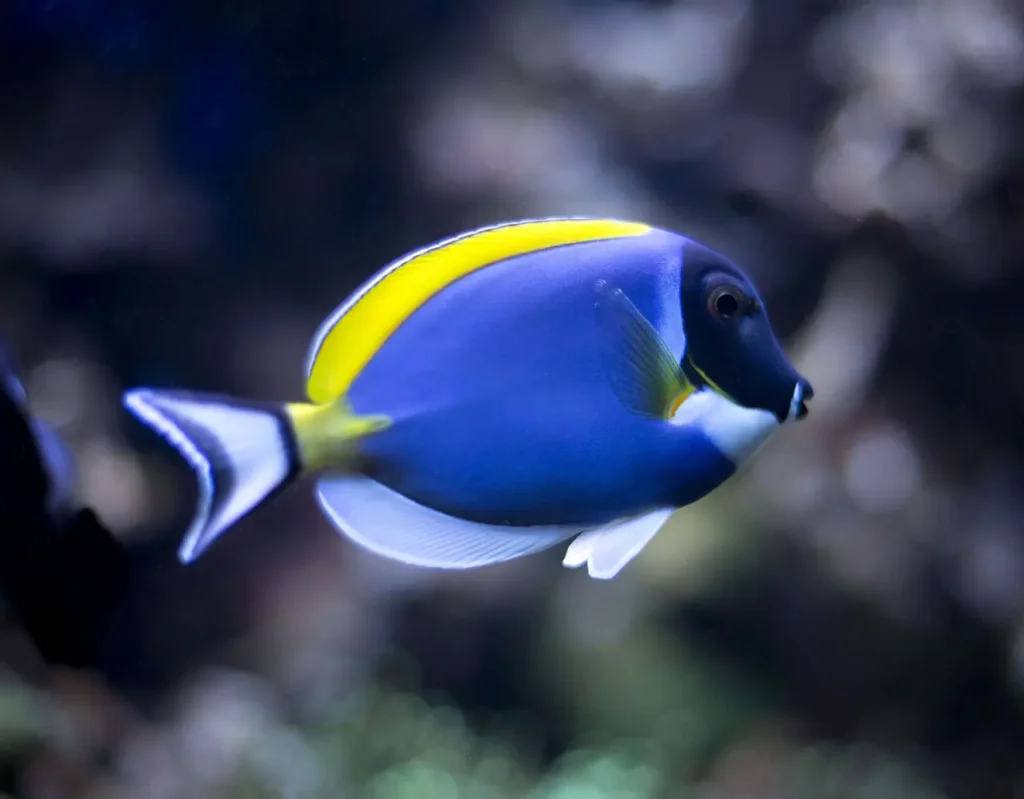
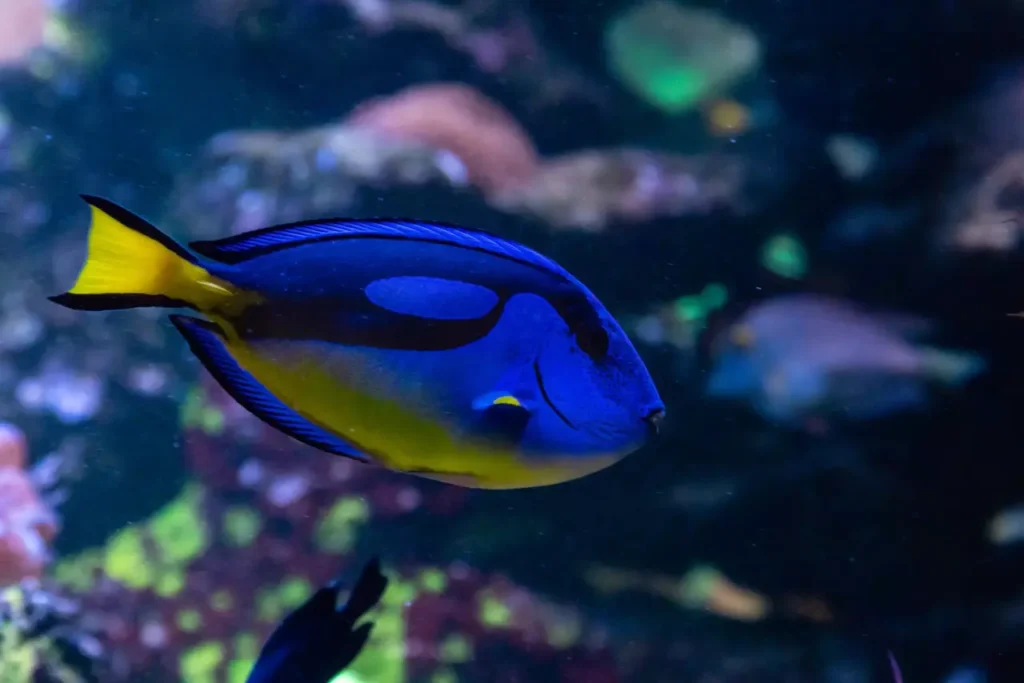
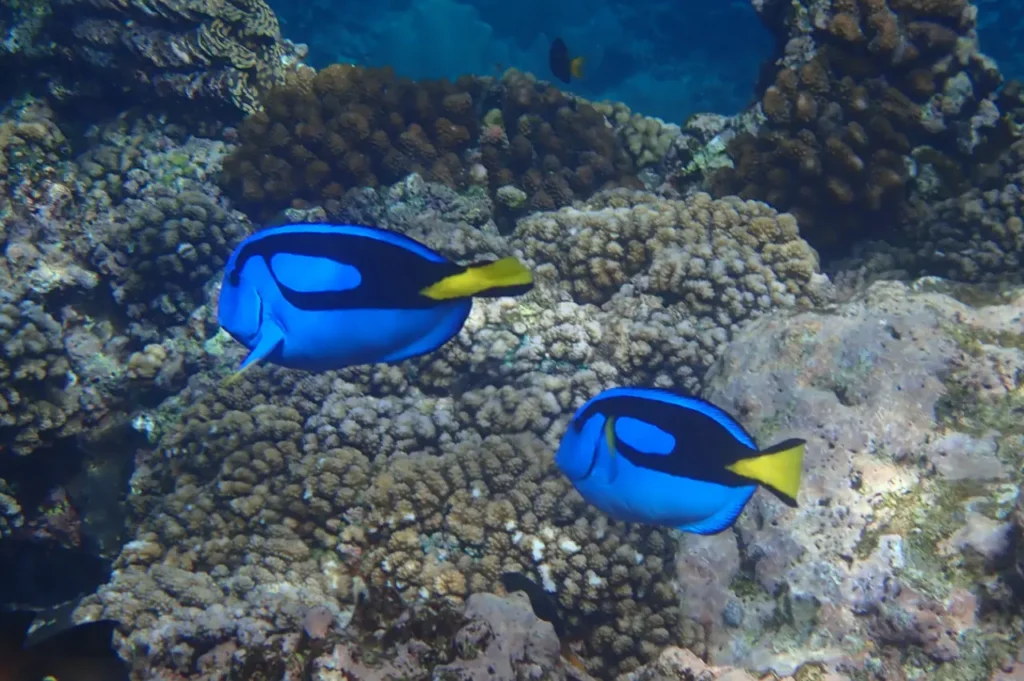
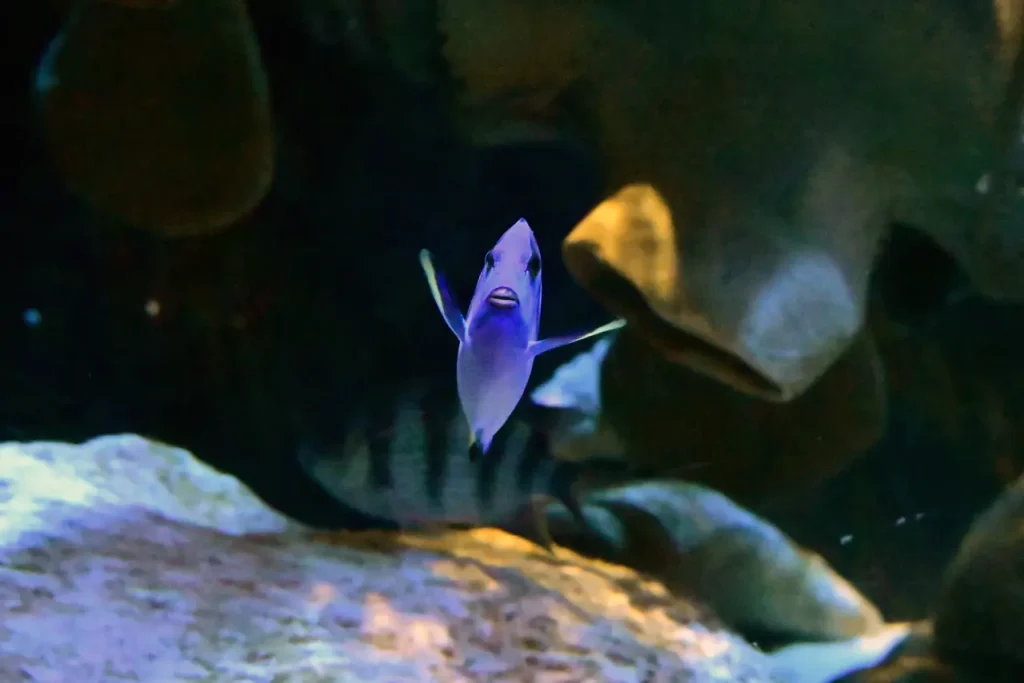
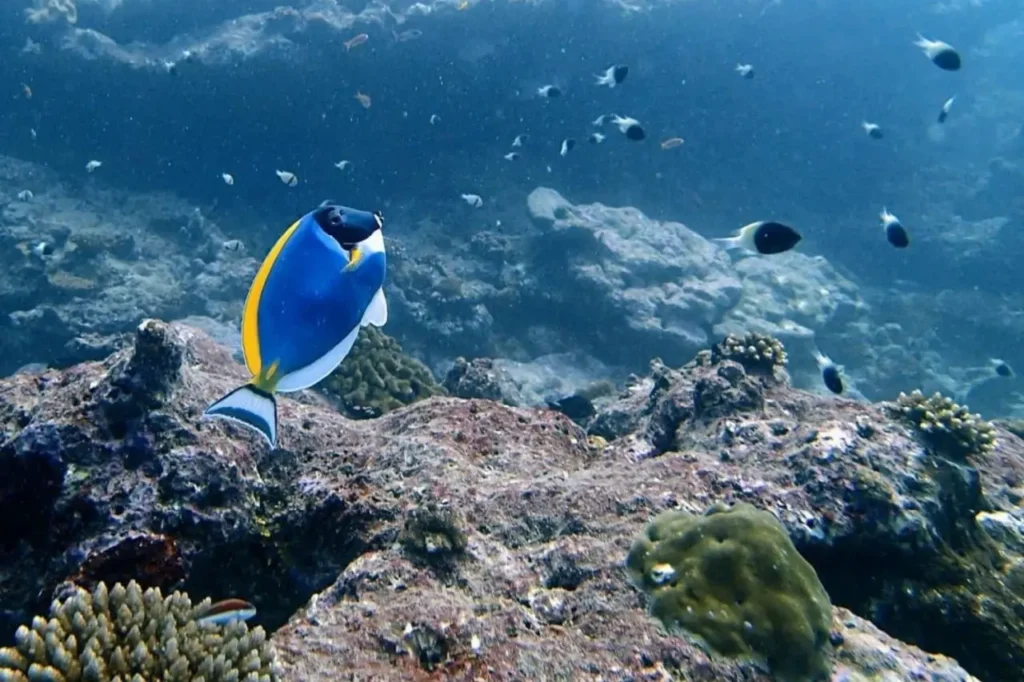
In this article, we will delve into the world of the Blue Tang, exploring its unique features, natural habitat, care requirements, and significance in marine ecosystems.
Description and Appearance
The Blue Tang boasts an unmistakable and stunning appearance. Its elongated body is adorned with vibrant hues of electric blue, contrasted by a striking yellow tail. The fish’s coloration remains consistent throughout its life, captivating aquarium enthusiasts and snorkelers alike. Its laterally compressed body and sharp spine near the tail are distinct characteristics that add to its charm.
Natural Habitat and Distribution
Blue Tangs are primarily found in the reefs of the Indo-Pacific, including the coasts of Australia, Indonesia, and the Philippines. They inhabit coral-rich areas, where they seek refuge and forage for food. These agile swimmers are often observed darting among the corals, showcasing their grace and agility.
Behavior and Social Structure
Blue Tangs are known for their playful and energetic behavior, making them a delight to observe. They are typically found in small groups or schools, engaging in social interactions and displaying hierarchical structures. Within their communities, they establish territories and engage in courtship rituals, adding to their captivating dynamics.
Care and Aquarium Requirements
While the Blue Tang’s vibrant appearance may make it a desirable addition to aquariums, it is essential to consider its care requirements. These fish require spacious tanks with ample swimming space, as they are active swimmers. A well-maintained reef environment with live rock, hiding spots, and open areas for swimming is crucial to their well-being. Additionally, maintaining stable water parameters, including temperature, salinity, and pH levels, is essential for their health.
Feeding and Diet
Blue Tangs are herbivores and require a varied diet consisting of both plant matter and meaty foods. In their natural habitat, they feed on algae and small invertebrates. In captivity, a balanced diet can be provided by offering a combination of high-quality commercial flakes or pellets, supplemented with fresh or frozen vegetables such as spinach, seaweed, and algae sheets.
Conservation Status and Considerations
Due to their popularity and high demand for the aquarium trade, Blue Tang populations face challenges in their natural habitats. Responsible sourcing and captive breeding efforts are essential to reduce the impact on wild populations. As responsible aquarists, it is crucial to ensure the legality and ethical practices involved in acquiring and maintaining Blue Tangs in aquariums.
The Blue Tang is a mesmerizing fish that captures the hearts of both seasoned aquarists and admirers of marine life. Its vibrant blue coloration, playful behavior, and striking appearance make it a coveted species in the world of aquariums. By understanding their natural habitat, care requirements, and the importance of conservation efforts, we can ensure the long-term sustainability and appreciation of these enchanting creatures in our underwater world.
